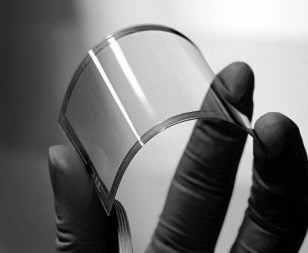Incredibly disruptive AS it comes. University of Manchester is where I’m starting my research.
From Manchester’s Graphene site:
“The world’s first two-dimensional material taken from a lump of graphite was isolated in 2004 by two physicists based at The University of Manchester: Andre Geim and Kostya Novoselov.
It was found to be 200 times stronger than steel, lightweight, flexible, transparent and more conductive than copper (superlatives that will be forever grained in my memory after explaining it to thousands over the four days!).
Due to Andre and Kostya identifying the incredible properties of graphene, they were awarded the Nobel Prize in Physics in 2010, giving graphene the pedigree status fitting to a material that has the potential to change the world. Since then graphene has opened up the potential for a variety of different applications.
One of the main attractions [at the 2017 Mobile World Congress in Barcelona] was the graphene supercar. Developed by BAC and Haydale, the front and back wheel arches have been incorporated with a graphene composite that make the material lighter without compromising on strength.”
Graphene is a disruptive technology; one that could open up new markets and even replace existing technologies or materials. It is when graphene is used both to improve an existing material and in a transformational capacity that its true potential can be realised.
The vast number of products, processes and industries for which graphene could create a significant impact all stems from its amazing properties.
No other material has the breadth of superlatives that graphene boasts, making it ideal for countless applications.
- It is many times times stronger than steel, yet incredibly lightweight and flexible.
- It is electrically and thermally conductive but also transparent.
- It is the world’s first 2D material and is one million times smaller than the diameter of a single human hair.
BUT . . . “until materials like graphene can be delivered in commercially viable, device-compatible, functionally targeted forms, the achievements demonstrated at lab scale will not be transferred to real-world products.” Paragraf, a UK spinout from University of Cambridge is now funded for development of “until materials like graphene can be delivered in commercially viable, device-compatible, functionally targeted forms, the achievements demonstrated at lab scale will not be transferred to real-world products.” Article here.
